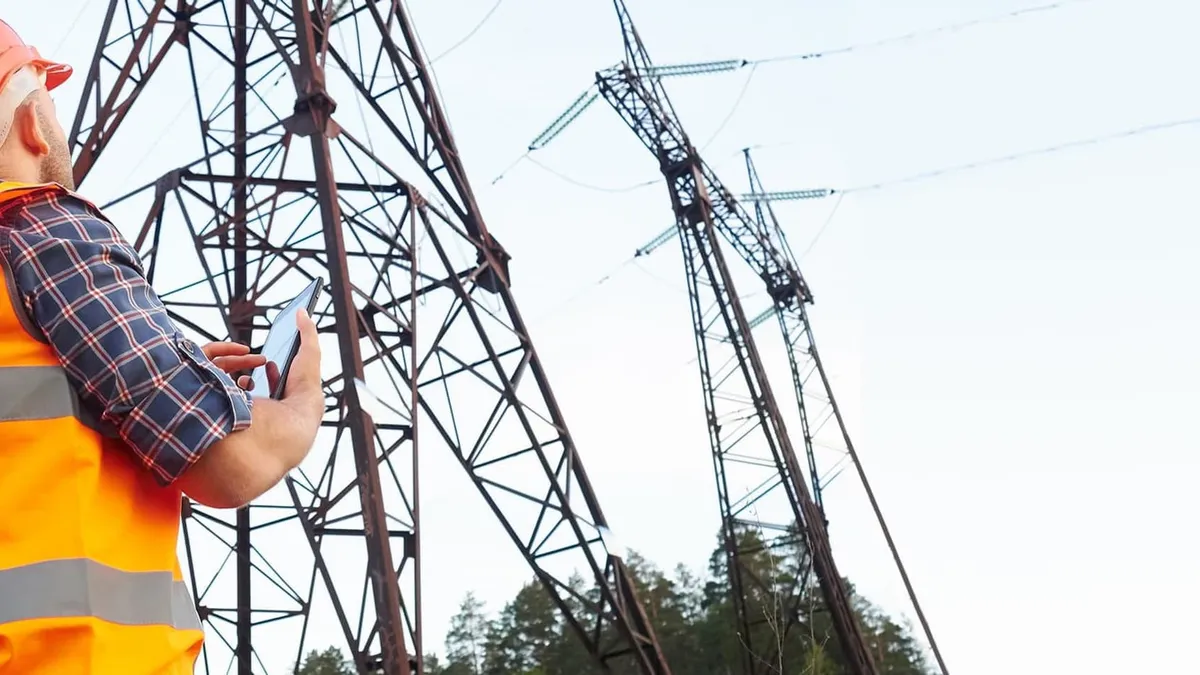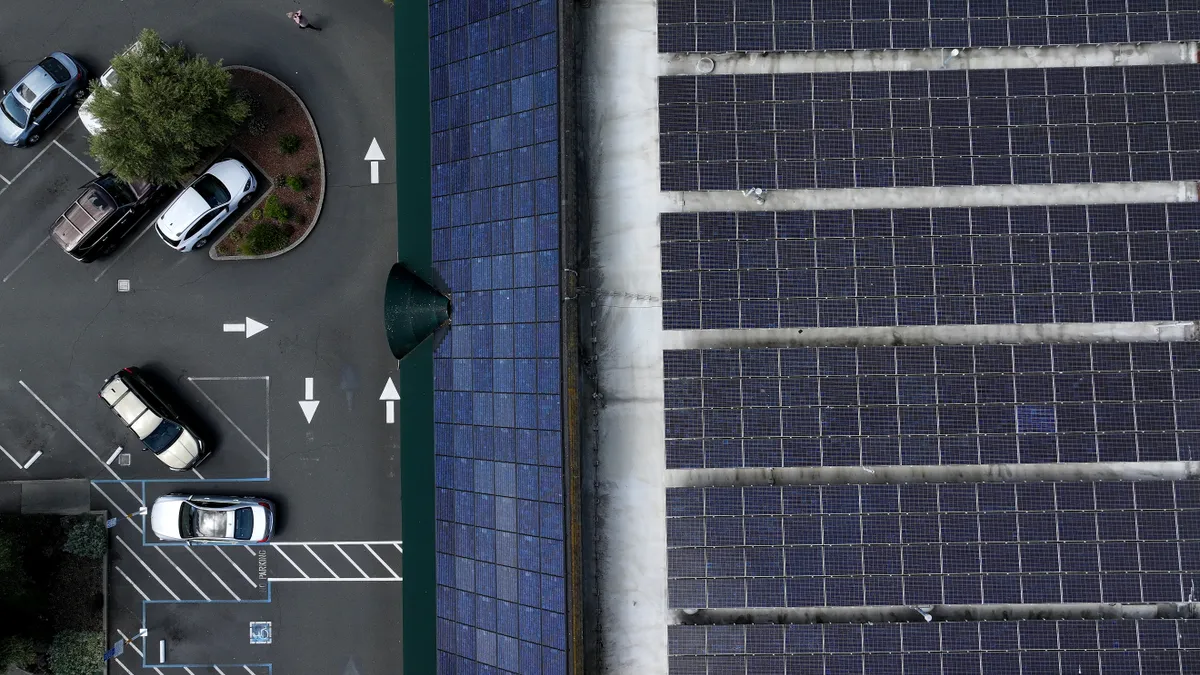Progress is so boring.
What went wrong? A utility decides to interface its distribution mapping system with a brand new commercially available Advanced Distribution Management System. The distribution maps look fine. Oops. Electrical connectivity is incorrect and missing in some places. The electrical modeling doesn't reflect the actual on the ground conditions. By-pass switches are not shown. No one built the exact relationships between the conductors, the poles, the transformers, streets or customers. Can the GIS be fixed? Anything is possible with enough money.
The utility decides to maintain the operating network separately in the outage management system. Opportunity lost.
A utility spent millions on their GIS system.
They converted their old operating drawings to beautiful crisp, clear computer-generated plots. One of the distribution operating managers wants their GPS Automated Vehicle Location (AVL) system interfaced with the GIS. The GIS manager sheepishly confesses that the old maps were converted "as is" based upon no mapping standards. The next obvious question is, "Can GIS be adjusted to conform to the new GPS standard?" It will require the utility to reconstruct (conflate) the locations of all the facilities to a new consistent land-base.
The operating manager opts for an independent vehicle tracking system. No interface or links to the GIS exists. Opportunity lost.
The CFO of a major gas utility just closed a deal on a new enterprise resource planning (ERP) system.
She wants the plant accounting module of the ERP integrated with the GIS. Nope. The utility never mapped their service pipes. These files don't coordinate with the main system. It will take a major overhaul to link to the ERP.
The CFO abandons the idea. Opportunity lost.
Today most utilities recognize the strategic value of good data.
It's hard to imagine operating a complex infrastructure without an up to the minute understanding of its condition and configuration. Yet, many utilities don't have an enterprise view of their distributed assets that a modern GIS platform would provide. Some utilities see GIS as a fast way of making maps, maps they have used for many, many years. Utilities that adopt GIS in this way are only making incremental improvements in the operations. They are making progress. Ho hum.
People define progress as improving upon past accomplishments. Breakthroughs hurl away from the past. That's what digital transformation is all about. Progress is gradual. If progress involves using digital technology, I like to call that digital transition. Breakthroughs are leaps. Breakthroughs require new knowledge. They require seeing things indifferently. Progress solves the problem of how I can make this process work better. Breakthroughs transform the business.
A system in place that could answer this question, "Show me all the places in my infrastructure where a single event could take the system down," is a breakthrough. GIS can do that.
Why is it so tough to shed legacy processes and thinking? Legacy processes work well. They are entrenched into the business. No-one sees they are obsolete.
Enterprise GIS transforms many utility business processes. GIS is not about making maps. It's about creating new knowledge. It's about discovering new things about the business that are not visible using conventional technology. For example, a utility may spend millions on trimming trees based on a standard four-year cycle. But they never thought to use rainfall data in certain parts of their territory to ascertain whether this was the right thing to do. Or they never thought to correlate tree trimming data with reliability data or customer satisfaction data displayed spatially.
GIS is about discovery.
It's not about replicating maps that have been around for years. It's about visualizing trends for better decision making. It's about using spatial analytics to provide insight. It's about finding weaknesses in your infrastructure before disaster hits. GIS is most powerful at a utility when it's integrated into the IT infrastructure. This allows utilities to visualize the data in their customer, SCADA, work management, financial and human resource systems in the form of intelligent maps. They can capture spatial information from outside the utility, like rainfall data as noted above, or wetland areas or sacred burial grounds. Utilities can consolidate this spatial information. This gives them new tools for decision making. GIS can transform the way utilities view their customers, their shareholders, their employees and the communities they serve.
Who cares about making maps faster? Enterprise GIS can transform the business by lowering costs and hassles, greatly improving decision making and communicating to utility executives in ways they have never seen before. For more information please download our free e-book.






